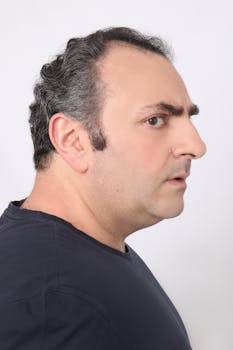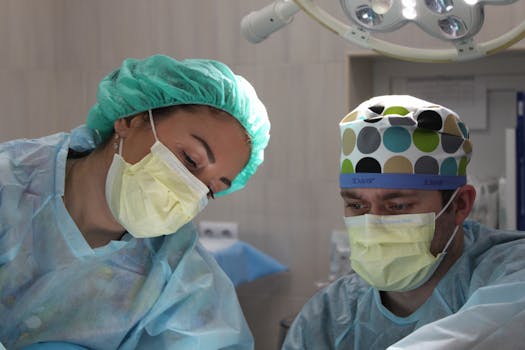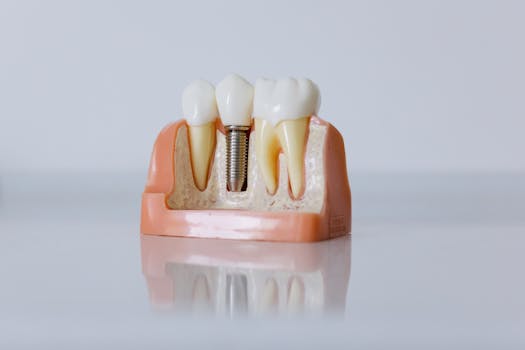Fue hairline lowering is an innovative procedure that has gained attention among those looking to adjust their hairline. This method offers a less invasive option to those seeking to change their hairline for aesthetic reasons. But what does it involve, and is it the right choice for you?
Understanding FUE Hairline Lowering
The fue hairline lowering technique uses Follicular Unit Extraction (FUE) technology to relocate hair follicles and lower the hairline. Unlike traditional surgery, this technique doesn’t require large incisions, making it a favored choice for many.
During the procedure, healthy hair follicles are extracted from a donor area, commonly the back or sides of the scalp, and implanted into the front. This helps in effectively lowering the hairline without visible scarring, giving a natural result that blends seamlessly with existing hair.
Pros of FUE Hairline Lowering
There are several advantages to choosing the FUE method over other surgical procedures:
- Minimally Invasive: FUE is less invasive than traditional hairline lowering surgeries, which can involve cutting and repositioning entire sections of the scalp.
- Natural Results: The FUE technique allows for precise placement of hair follicles, producing a more natural-looking hairline.
- Short Recovery Time: Patients often experience a quicker recovery compared to more invasive surgical options, with most returning to normal activities within a week.
- Less Scarring: Since FUE doesn’t require large incisions, the resulting scars are typically tiny and spread out, making them less noticeable.
Cons of FUE Hairline Lowering
While FUE offers many benefits, it’s essential to consider potential drawbacks:
- Time-Consuming: The procedure can be time-intensive, often requiring multiple sessions to achieve the desired results.
- Cost: Due to its complexity and time requirement, FUE can be more expensive than other hair transplant options.
- Limited Coverage: Since FUE relocates existing hair, individuals with limited donor hair might not achieve the lower hairline they desire.
Expected Results and Aftercare
Post-procedure, patients typically notice initial results after a few months, with full results visible after a year. Aftercare is crucial; patients should follow their clinician’s advice to optimize outcomes and ensure proper healing.
The effectiveness of the fue hairline lowering process relies heavily on the skill of the clinician performing it. Therefore, choosing a specialist with ample experience and a proven track record is vital. Regular follow-ups are also necessary to monitor progress and manage any complications.
Alternatives to Hairline Lowering
While the idea of a lower hairline may be appealing, it’s wise to explore all options. Some may prefer non-surgical methods, like laser therapy and topical treatments, to thicken existing hair. If you’re considering choices tailored to your beauty concerns, check out the latest breakthroughs in skincare technology.
Is FUE Hairline Lowering Right for You?
If you’ve asked yourself, “Can you lower your hairline with a hair transplant?” the answer is yes. However, suitability depends on various factors, including hair density, scalp condition, and individual expectations. A consultation with a healthcare professional will provide personalized guidance based on your unique situation.
Risks and Considerations
All medical procedures come with risks, and fue hairline lowering is no exception. Potential risks include infection, scarring, and follicle failure. It’s essential to discuss these with a clinician, who can mitigate such risks through proper technique and aftercare recommendations.
For additional information on hair transplants and related procedures, readers might find it helpful to refer to resources like Wikipedia’s article on hair transplantation.
As research evolves, fue hairline lowering continues to gain traction as a viable hairline reconstruction surgery. With careful consideration and professional guidance, many achieve satisfying and long-lasting results.
In summary, fue hairline lowering presents an appealing choice for those seeking a change. Though results are individualized, the procedure offers hope for natural improvement. Always consider seeking professional advice to ensure this option aligns with your goals.
- FUE hairline lowering uses minimally invasive techniques to adjust the hairline.
- Pros include limited scarring and natural results but can be costly and time-consuming.
- Consider potential risks, such as infection and follicle failure, before proceeding.
- Consult a specialist to determine if it’s the right choice for your hair and scalp conditions.
- Explore other options like skincare technologies for various beauty concerns.
Frequently Asked Questions
What is FUE hairline lowering?
FUE hairline lowering is a procedure that employs Follicular Unit Extraction to move hair follicles and effectively lower the hairline.
Can you lower your hairline with a hair transplant?
Yes, hair transplants can lower the hairline, often using techniques like FUE to achieve a more natural look.
How much does hairline lowering cost?
The cost of hairline lowering varies based on the extent of the procedure and the clinician’s expertise. It’s generally higher than traditional methods due to its detailed execution.
What can I expect during recovery?
Recovery typically involves mild discomfort, with most individuals resuming normal activities after a few days, though complete healing may take longer.
Are the results of FUE permanent?
Generally, FUE results are long-lasting, but as with any medical procedure, individual outcomes can vary. Regular follow-ups with your clinician can help maintain results.






